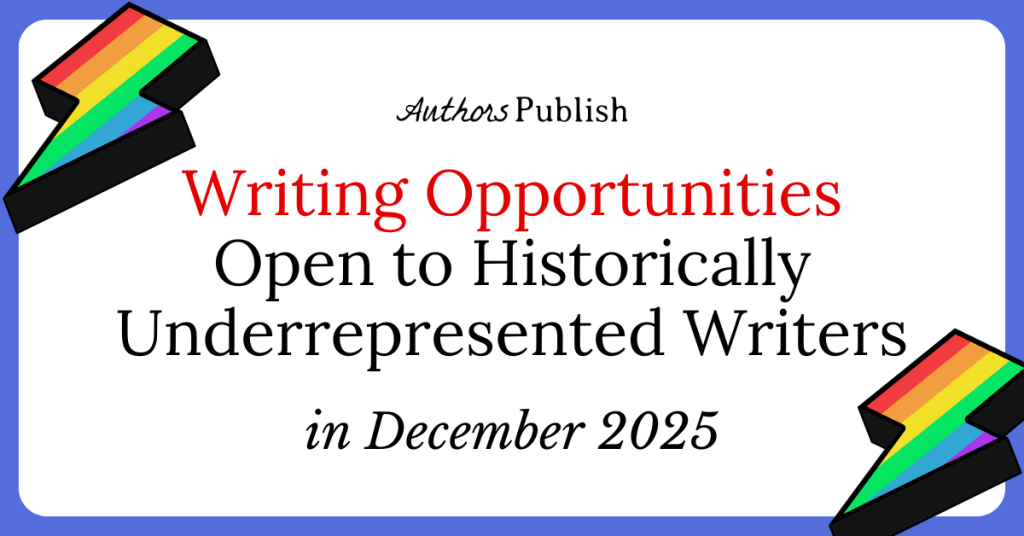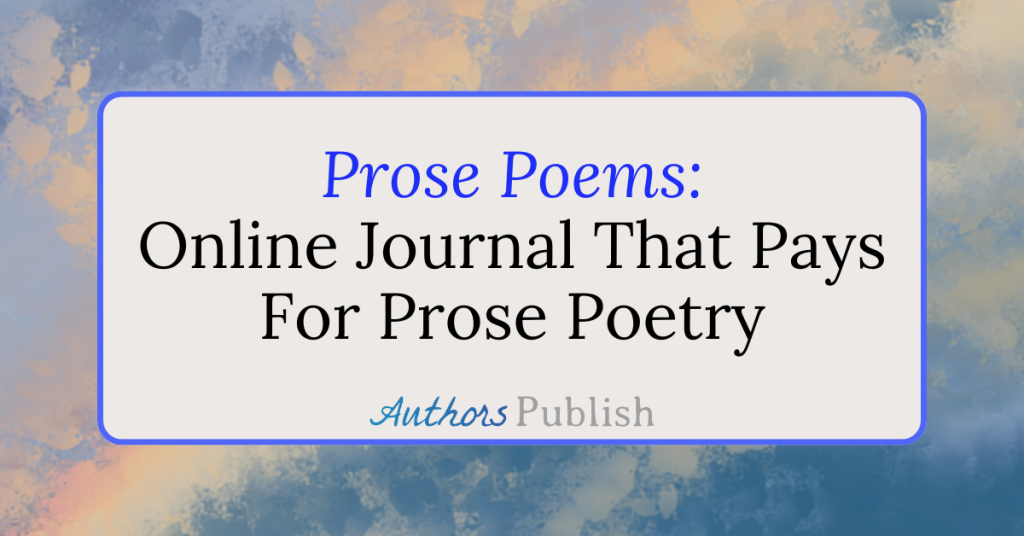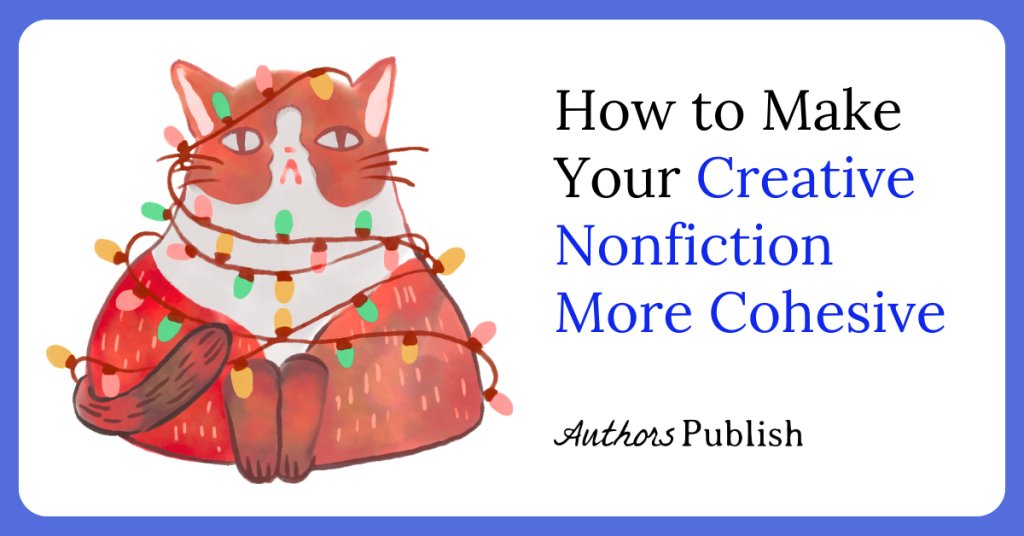By Sarah Martin
Of all the different kinds of writing I’ve practised over the years, novel writing is the most exhilarating. That’s partly because things don’t always turn out the way you planned. My writing life began with school reports where careful diplomacy ran a fine line between avoiding motherhood statements or being hurtful, and finding the way to saying something meaningful. I graduated to writing marketing brochures where glossy words took precedence over absolute truth, and then on to historical research, which is driven by the need for clarity and faithful documentation within a prescribed framework. I also enjoyed a brief stint writing a picture book where nailing the perfect word and imagining pictures to tell the story were more grueling than I’d expected. None of this prepared me for the way a novel can twist and turn and change direction as it develops, but this eclectic set of experiences meant I was open to the liberating power of following the twists and turns to their conclusion.
The spark that will become a novel is not always obvious, but I do know it takes a burning commitment to an idea to stay on track. In my case, I heard an interview with an entomologist about the second most endangered butterfly in Australia. I heard it three times in the same week (Radio National does repeat itself a bit), and began to see it could be picture book material.
But that wasn’t easy. After several drafts I admitted defeat. Perhaps my previous picture book ‘A Galapagos Day’ had been a fluke. While the Bulloak Jewel butterfly’s story is a fascinating example of a fragile ecological web of life requiring the active presence of two different species of trees, one particular type of bird and a certain species of ant for its survival, it didn’t suit picture book style or structure, partly because there was not enough action for exciting pictures.
But that butterfly’s story gnawed at me. I sat at my computer trying various ways to make it work, and suddenly a girl began to take shape. She was Holly, aged 12. I knew exactly what she looked like, and that she was the daughter of same-sex parents, and went to a posh school for girls. She made it clear to me that she would speak in the present tense about the things that happened to her, and that she was going to become friends with another girl, Azita, daughter of Iranian refugees who arrived in her class just after the first term of Year 7 had begun.
At that stage I had no idea I was embarking on a novel. When I first met those two girls I wondered what they were doing on the page, when all I wanted was to write about my butterfly. But with each paragraph they became more real, and I began to inhabit Holly’s skin and think like a twelve-year-old. That guided me, and I gradually gained sufficient confidence in the narrative that was unfolding to loosen my adult hold on the story and leave it to my inner twelve-year-old to steer the course towards my butterfly.
And so this novel began without me knowing where I was going. I’d heard writers say that their characters took over and drove their stories, or that they changed the direction of the narrative, and I’d always believed this to be an affectation. But now that I’ve experienced it myself, I know it is true. It was as if I’d been liberated from that state of self-consciousness that hovers over most writing, and which can serve as an inhibiting brake on following odd or quirky possibilities, because they might lead to a dead end. Easy enough, without ego in the game, to backtrack and take another path, and push the boundaries to make brave steps forward when the choices are being made by the characters in the story.
I was surprised, too, how easy it was to manipulate fragments of my own life and others’ lives to became part of Holly and Azita’s story. For instance, one of my daughters kept phasmids (stick insects) as pets; I had a chance conversation with my twelve-year-old granddaughter about bullying at school; I accompanied my grandson on his neighbourhood collection of recyclables that he’d turned into a business; I remembered a long-ago conversation with my other daughter about the pecking order in the middle-school classroom, and strangely was able to connect that conversation up with a book I’d read in my teens about different animal social orders, particularly that of chooks; I met a young woman flying a drone; a friend taught coding (the language for designing software) to girls, believing it was vital for their career opportunities; stories about refugees, and the horrors they’d escaped from, washed around me in the daily news; I watched Olympic swimming races; I had an argument with a friend about whether you could deliberately lose a running race without spectators noticing. These are a few of the real-life incidents that cast shadows across the edifice from which my beautiful butterfly would emerge.
As the story developed, I began to see that something tragic was going to happen. A small black cloud grew as I wrote, gradually revealing itself. I fought against it, because I loved these two girls. At the time I wasn’t even sure how relevant and important it was going to be for the whole. But it was unavoidable, the girls told me so. I wrote that scene, crying.
After I’d finished, I suddenly saw the many levels of significance it had for the whole, and that I’d hadn’t quite got the message that they wanted to express their friendship in a more personal way. It meant I had to go back to the beginning and rebraid the complex set of themes that had developed without me being really aware. By creating this new framework, it allowed Azita to confide her deepest, impossible yearning to Holly, that would in time unlock Holly’s growing belief in herself and underpin her search for her own individual independence. The story became more powerful, and although Holly’s narration made it especially relevant to middle readers (age 10-13), adults, too, could enjoy it.
At this point I entrusted the MS to a close friend, seeking affirmation and criticism. She brilliantly pointed out a major fault that helped with fine tuning the ‘show not tell’ aspect of novel writing. Becoming more of a spectator in the story I was writing made it easier to share my novel in its half-baked stage and see criticism as a powerful tool rather than one that undermined my confidence.
Writing a novel was new for me, and in pursuing the story of the endangered butterfly, I became an accidental novelist. And as I contemplate the evolution of my own writing, it is a point from which there’s no turning back. Somehow I think I’ll concentrate on writing more novels because it’s so much fun, and you never know where it will lead.






